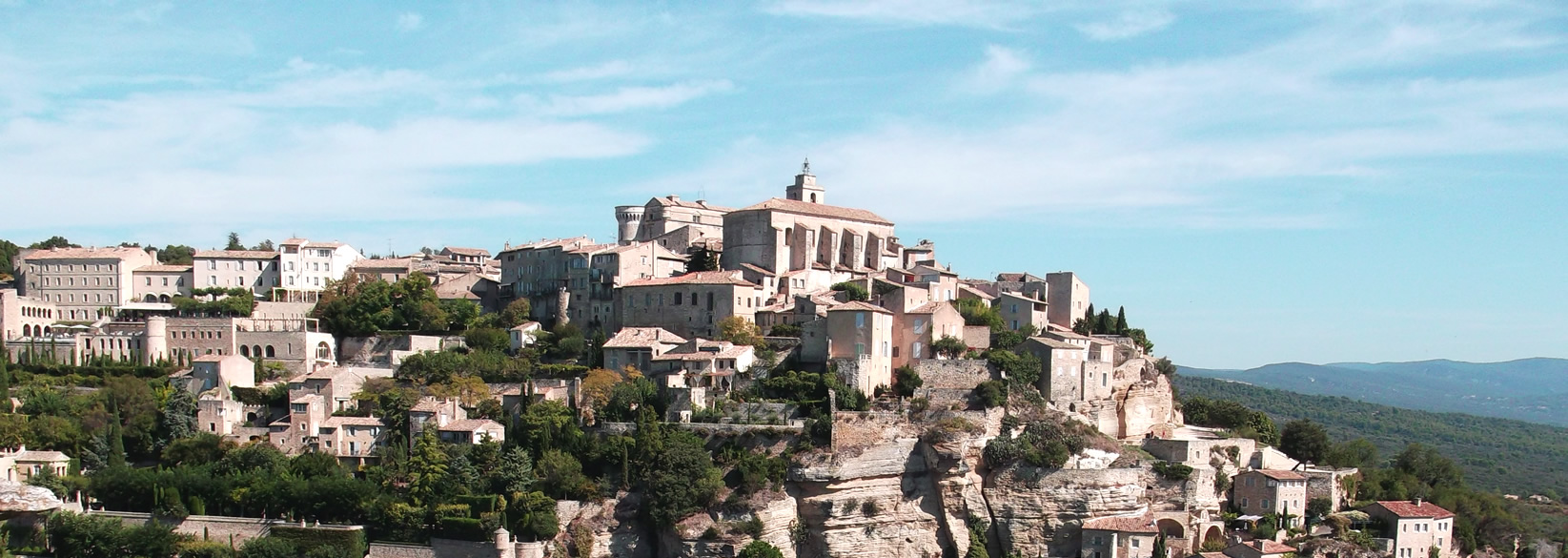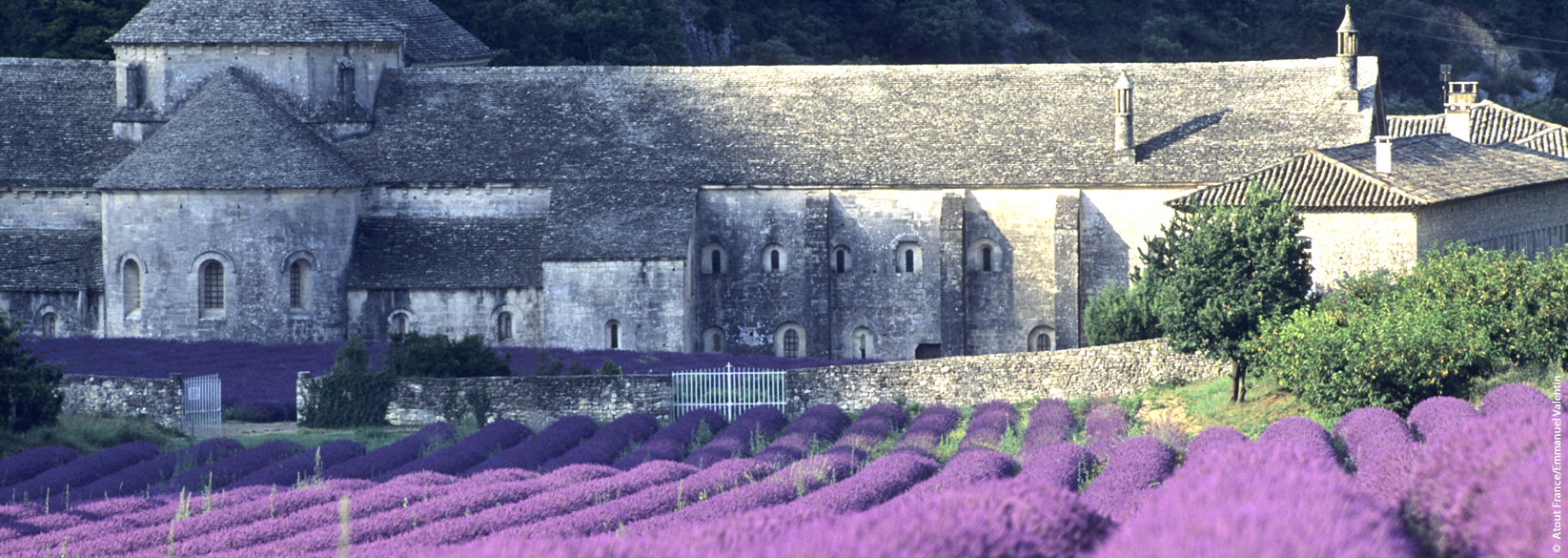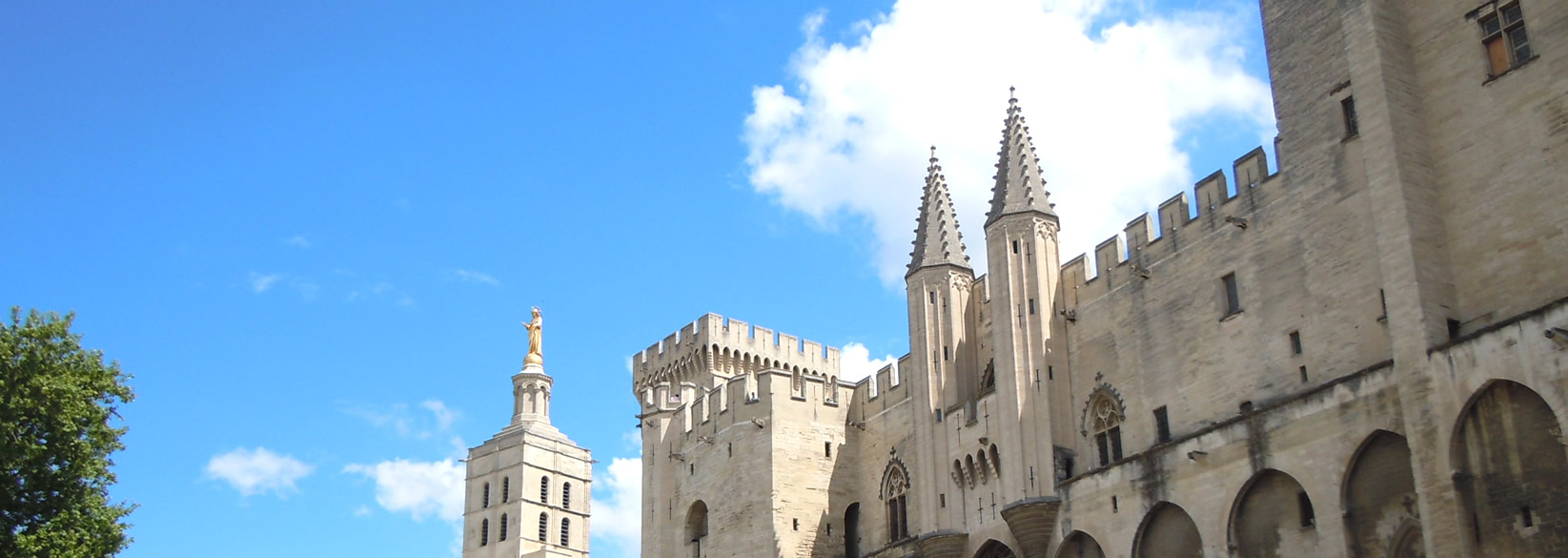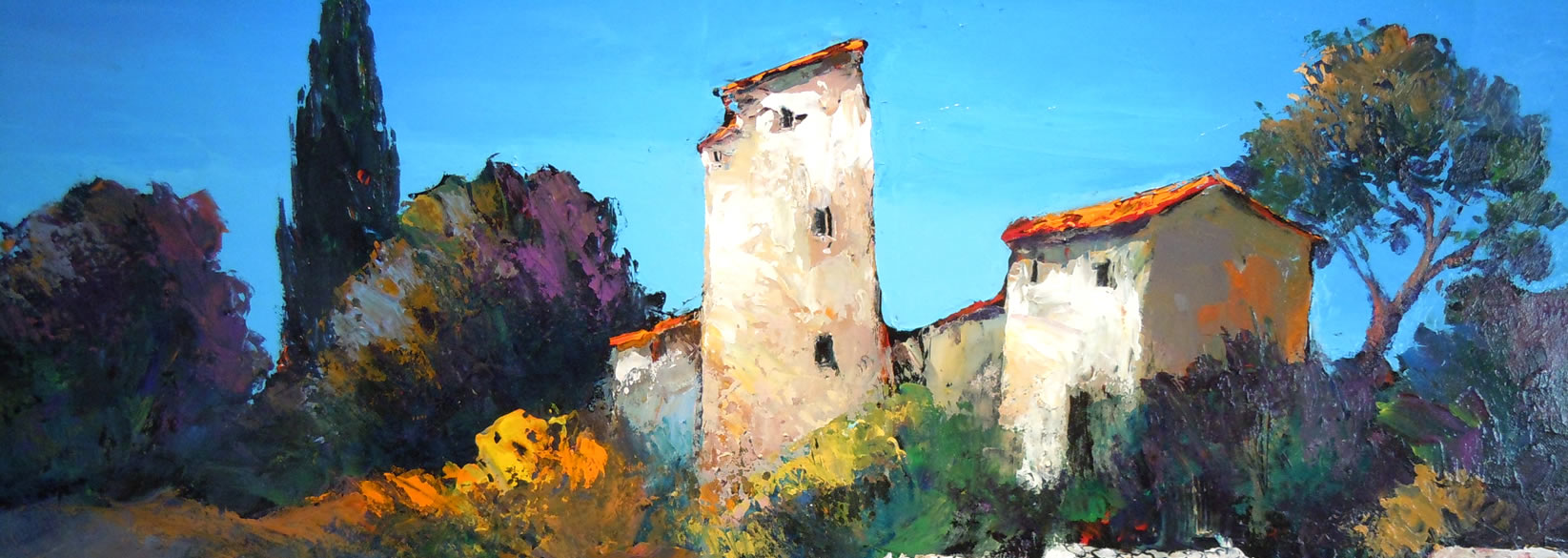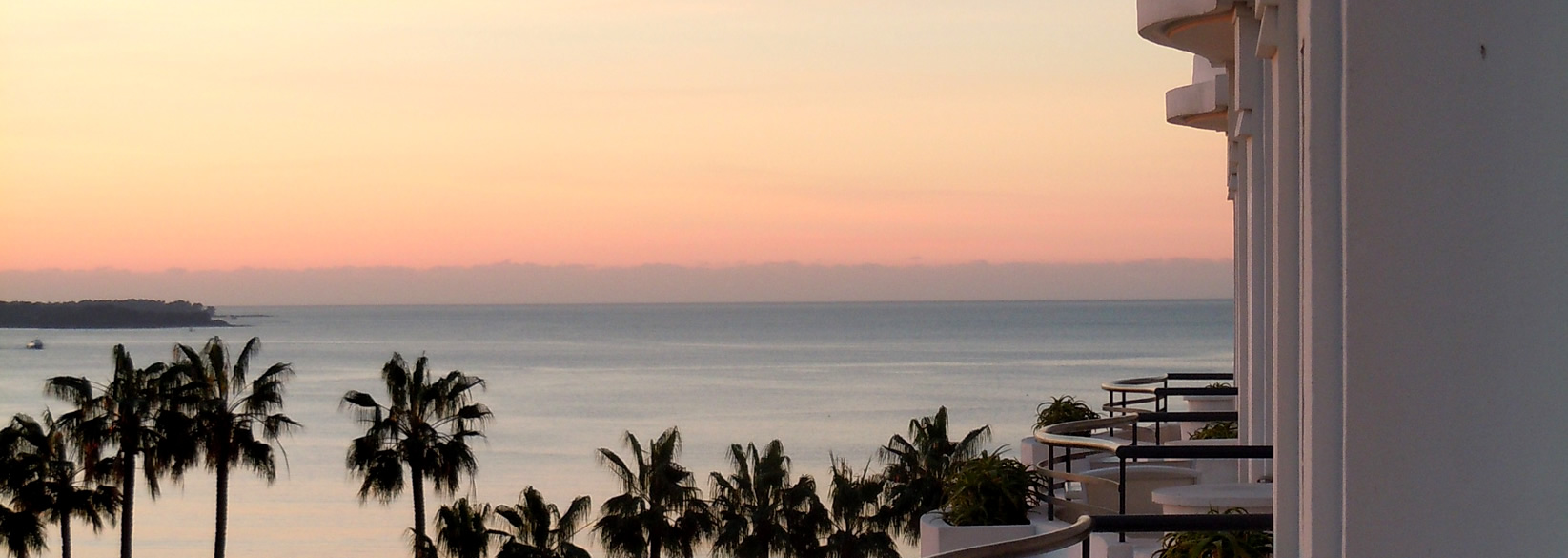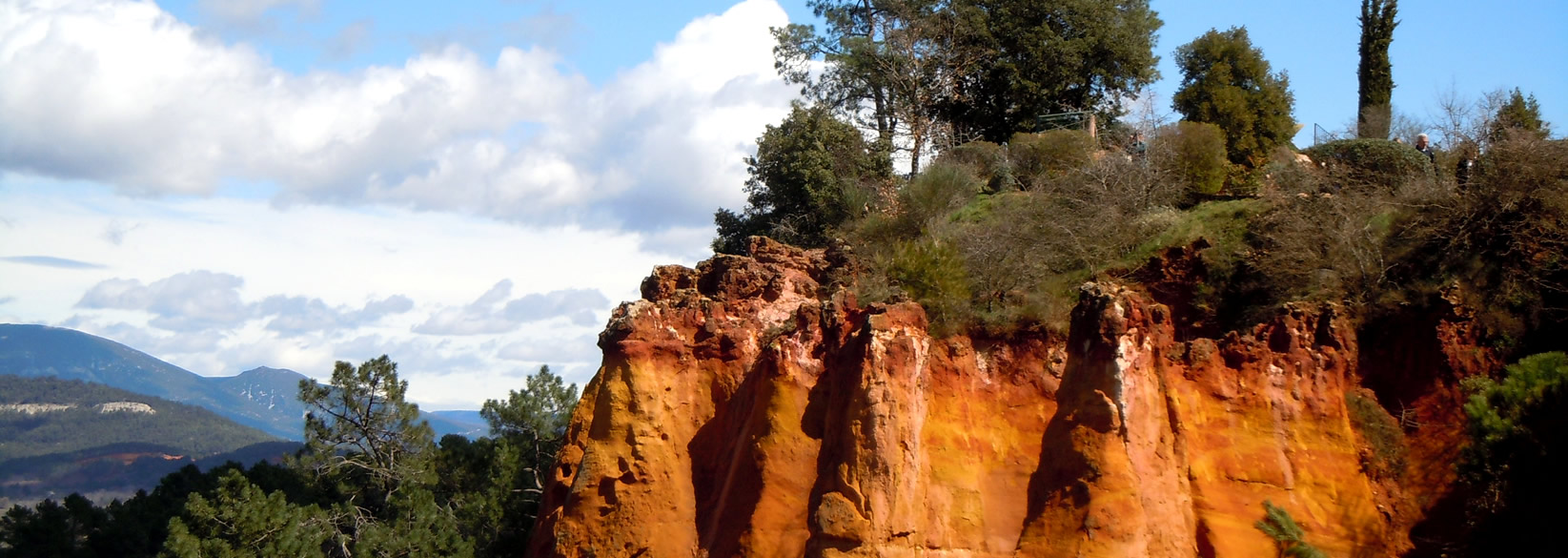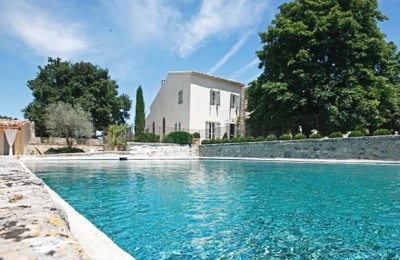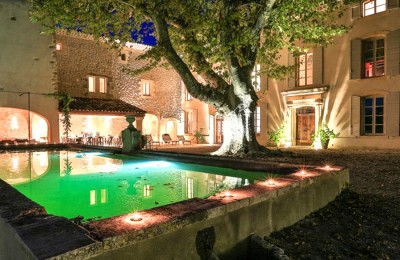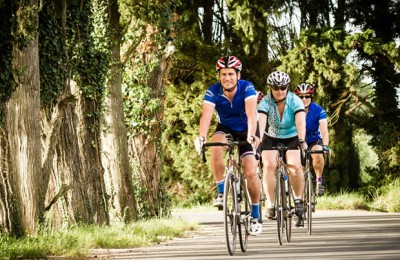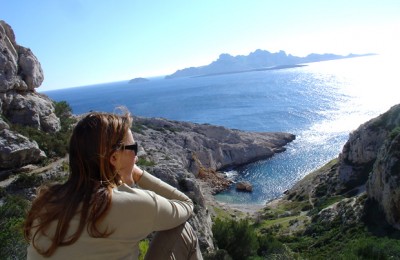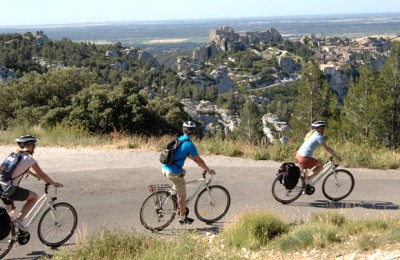Provence, French Riviera, Côte d’Azur... all synonyms for deep history, natural beauty and hidden treasures.
The region Provence Alpes Côte d’Azur has been visited by so many painters, writers, photographers and jet setters over the years that it has acquired the image of a shimmering promised land. However, for all its modernity, Southern France is also steeped in history and natural beauty. The Greeks and the Romans, who first settled there, shaped the history, the architecture, the cultural life and the agriculture for centuries. This is where café terraces are shaded by plane trees, where fragrant blue and purple waves of lavender fill the countryside with their unmistakable scent, where perched hilltop villages overlook fields of sunflowers, vineyards and olive groves…
♦ Marseille is the oldest city in France but today it is home to some of the country’s most cutting edge art and music, not to forget fashion.
♦ Aix en Provence, one of the most romantic towns, is an international center for students, contemporary dance and opera.
♦ Avignon, home to the Papacy for more than a century, is crowned by the monumental Popes’ Palace and hosts one of Europe’s most significant theatre festival every year in July.
The Provence region stretches between the Mediterranean and the Alps, from the Italian boarder, to the Rhône river delta, from the Ecrins Range to the Calanques fjords outside Marseille. The diversity of landscapes along the coast, in the hinterland and the mountains provides a wide range of cultural and leisure activities: the beaches are but 2 hours away from the ski resorts and shapes the people, the lifestyle, the gastronomy, the wines…
The coast: wide sandy beaches, breath-taking cliffs, or lovely little creeks dot an almost 500 miles stretch of coastline. Along the way you’ll find well known harbours like Saint Tropez, Marseille, and Toulon, and small, lively family seaside resorts like Hyères, Cavalaire, Bandol, and Cassis.
The hinterland: it is the heart of Provence. The Verdon Canyon, unique in Europe, is one of our natural jewels. The colourful, fascinating landscapes, painted by Cézanne (Aix-en-Provence) and Van Gogh (Arles), or described by Petrarch, Giono, Pagnol and by Peter Mayle (A Year in Provence, A good Year…)
The Alps: up to 13 600 ft. Ski resorts two hours away from the seaside… with exciting summer leisure activities as well, traditional tiny hamlets and villages, and wide-open protected spaces such as the Ecrins National Park, the Queyras Regional Park with a rich and varied flora and fauna.

